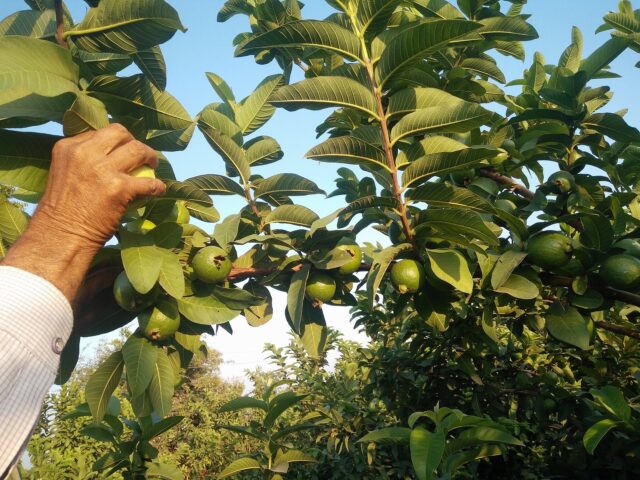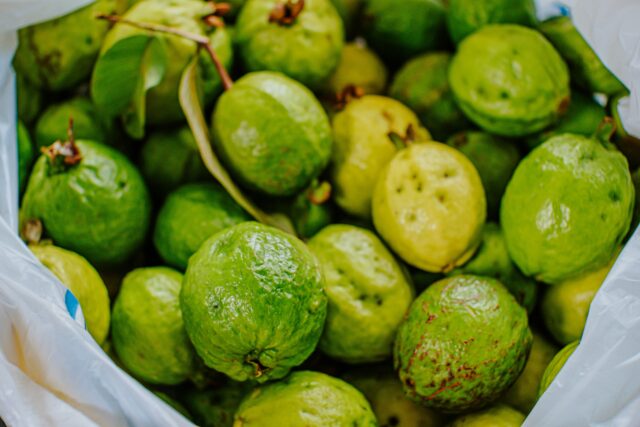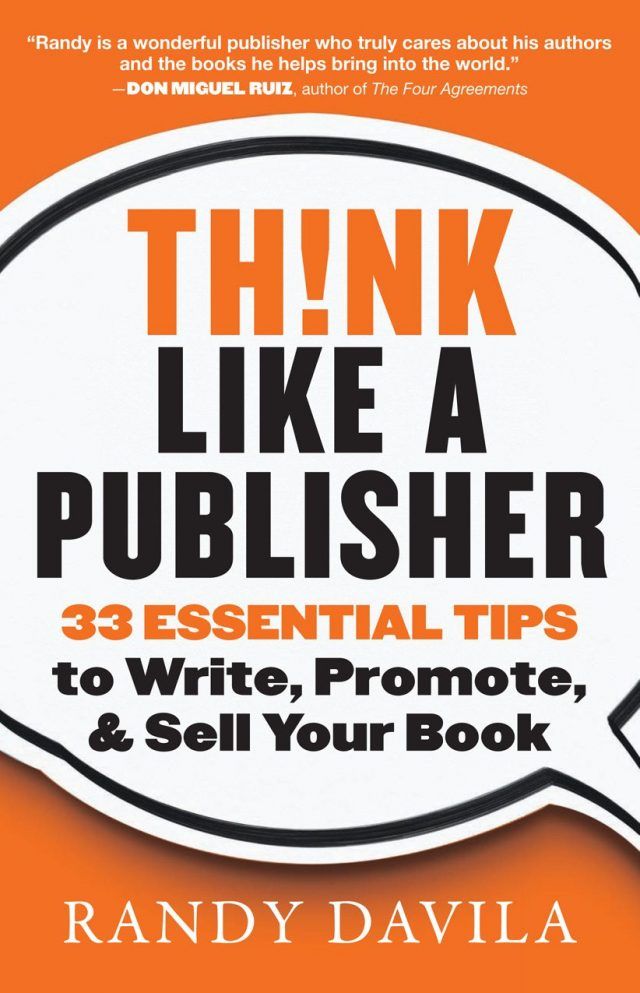Pruning Trees, Words, & Life
Dear readers,
My land here in Hawaii is bordered by a guava thicket. The first year I lived here, I gathered entire buckets of the round, fleshy fruit, and spent many happy afternoons making juice and jelly. The following year, I eagerly awaited the return of guava season, only to discover that the harvest was rather smaller. The third year, I hardly gathered any guavas at all—the ones I found had all fallen from a great height, smashed open on the ground, and rotted.
I was puzzled by this change in my guava fortunes. The trees were healthy and fast-growing. Why wasn’t I getting the abundant fruit which had so delighted me in Year One?
After consulting the internet, I found my answer: Guavas only grow on new branches, not on old wood. With every passing year, the trees were growing taller, and the new branches were appearing higher and higher off the ground, until the fruit was so far out of reach it was as if the trees weren’t fruiting at all.
I researched how to prune them. I felt some trepidation about cutting off so many apparently healthy branches. But the sources I consulted were clear: when it came to getting healthy, accessible fruit, the old wood had to go. I added some bar oil to my smallest, handiest chain saw, sharpened my loppers, and went to work on my guava thicket. Before I knew it, I was standing next to a pile of branches nearly as tall as I was. Where the thicket had been dense and impenetrable, it was now airy and open. I could see the sky where the over-tall trees had blocked it before. Returning my tools to the shed, I felt a flicker of nervous excitement. What had I done? Had I gone too far? Would this really work?
I thought it would take months to see new growth on the guava trees. But a flush of new branches appeared almost overnight, skinny and smooth and shining with clean new leaves. I picked some of the young leaves, which are highly medicinal, and brewed them as tea. Meanwhile, I waited for the next crop of fruit to appear. When summer came, the new branches had thickened, and round yellow guavas appeared within easy reach of where I stood on the ground. Far from damaging the trees, the heavy pruning had stimulated them to grow.
Sometimes, the fruit we long for is waiting to appear—as soon as we cut off the old wood. This is true in life as well as in horticulture. I think often of the times in my own life when I’ve pruned old wood, whether by moving away from a beloved town, leaving a relationship in which I’d invested heavily, or setting aside a project which had consumed my energy for years. I remember the trepidation I felt at the prospect of each pruning: How can I take down that branch? What if I kill the whole tree?
It took me a long time to understand that, just like the guava trees, my life would not only grow back, but flourish in the wake of every shock. We tend to think of loss as a negative thing, but skillful deletion is a highly creative act. Empty spaces hum with potential. Although the forms of life can be altered or destroyed, the force of life remains undiminished. Life wants to grow back. All we have to do is let it.
As an editor, I’m keenly aware of the ways that courageous pruning can allow a book’s true message to emerge. Sometimes, we have to bravely wield the saw, cutting off entire sections of a manuscript which may have been necessary in the first draft stage but are no longer serving a purpose in the final version. No matter how interesting or well-researched a given section may be, it needs to go if it’s not giving readers something nourishing, memorable, and necessary—in other words, the branch gets pruned if it’s not producing fruit.
Just this week, I took a two-hundred-and-eighty-page manuscript and trimmed it down to a hundred-and-seventy-five pages. Even though I am confident that this pruning will result in a beautiful, focused, productive book, I must admit I felt a few moments of vertigo as I watched the word count dropping precipitously with every cut. Would the author be shocked when she saw the enormous pile of branches I’d removed from her tree? Or would she trust me when I told her that the tree was now stronger, healthier, and soon to be overflowing with fruit?
As a project moves along, the prunings become more subtle: a sentence here, a word there. It always amazes me how even these subtle deletions can dramatically alter the feeling of a book, lifting unnecessary weight, injecting lightness, and allowing the beauty of the language to shine through. It’s tempting to think that an extra word or sentence won’t make any difference, but as the extraneous material falls away, I swear I can hear a book breathing.
⁂
This Thanksgiving, I was invited to stay on a remote piece of land in a part of Hawaii that few people get to see. Accessible only by helicopter, it is the site of an ancient Hawaiian village, and has many beautiful waterfalls and archeological features, which a small team of stewards are restoring. One of the stewards took me for a walk around the land, showing me the rock walls he’d rebuilt, the agricultural terraces he’d restored, and the ancient stone walking path he’d uncovered from under layers of brush.
This person had lived and breathed this restoration project for several decades. His knowledge of plants, aquaculture techniques, and archeological features was exhaustive. I commented on the fact that he seemed intimately bound to the land, to the point that I could scarcely imagine the project going on without him. I was stunned when he shrugged his shoulders and replied, “Nah. One of these days, I’m going to walk away, and they’ll carry on without me just fine.”
It was humbling to listen as this master stonemason explained to me that when he rebuilt a wall or restored a terrace, that was it—he was done. Why hang around and gaze at his creations, impressive as they were? Those branches had fruited, and were now spent. It made no sense to linger for the sake of lingering, to hang on to what was finished when life is constantly urging us to begin again. His love for the land was deep and genuine, but he had no fear of leaving it, knowing there were an infinite number of places he could love.
I realized that the artists and spiritual teachers from whom I’ve learned the most all share this quality of detachment. It’s novice writers who cling to the words they already have on the page, not trusting themselves to generate equally good or better material to replace what has been deleted—master writers can cut with confidence, knowing there’s more where that came from. The spiritual masters on whose books I’ve been lucky enough to work at Hierophant emphasize the importance of embracing change. They remind us that our lives come with us wherever we go, and whatever we do.
This quality of detachment requires a deep trust in life. At the same time, practicing detachment is the best way I’ve found to gain trust in life, if you don’t already have it. Cut a paragraph or chapter from your book, and you’ll find that you do, in fact, possess the skill to write something even better. Accept a change without resisting it, and you’ll discover that life rushes in to fill the empty space. When a thing is complete, bow and move on. By learning to let go of specific things, we embrace the infinite, discovering more and more to love.
I look forward to pruning my guava thicket in another month or two, and I look forward to puttering around in the garden of words here at Hierophant, tending the many excellent books we’ll be releasing in the upcoming year. May you all be happy and safe, and may your buckets always overflow with fruit.
Sincerely,
Hilary Smith
Senior Editor, Hierophant Publishing
Click here to read Hilary's previous essay, "The Magic of Nature."
Looking for guidance for pruning your own thicket of words? Check out Think Like a Publisher by Hierophant President Randy Davila. This detailed guide for authors explains the basics of the publishing industry in clear and concise language, including what publishers (and readers!) look for in a manuscript, the importance of a good editor and how to find one, author platform building, marketing strategies, and even how to find the right self-publisher for your manuscript.



